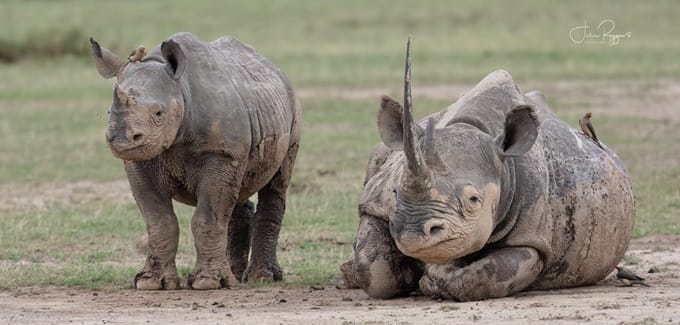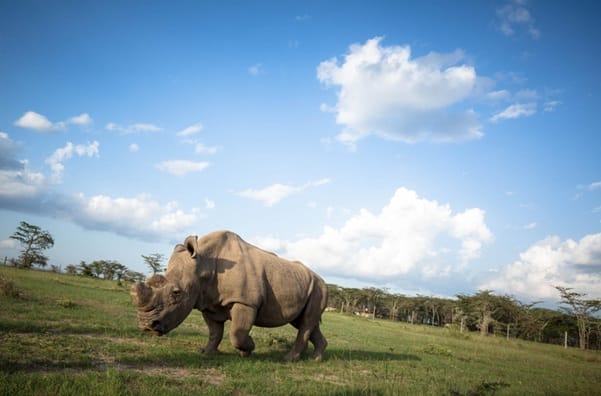Rhino Conservation

Do You Know Your Rhinos?
World Rhino Day is celebrated each year on 22 September – but how much do you really know about this iconic animal?
First started by WWF-South Africa in 2010, World Rhino Day has since grown into an international success, encompassing all species from across both Africa and Asia. The day acknowledges all five species of rhino: black, white, greater one-horned, Sumatran and Javan.
Rhinos once roamed many places throughout Europe, Asia, and Africa and were known to early Europeans who depicted them in cave paintings.
At the beginning of the 20th century, 500,000 rhinos roamed Africa and Asia. By 1970, rhino numbers dropped to 70,000, and today, around 27,000 rhinos remain in the wild. Very few rhinos survive outside national parks and reserves due to persistent poaching and habitat loss over many decades.
Black, Javan and Sumatran rhinos are “critically endangered” but successful conservation efforts have increased the number of greater one-horned (or Indian) rhinos, from around 200 at the turn of the 20th century to around 4000 today. Their status has improved from “endangered” to “vulnerable”.
Here in Africa, black rhinos have doubled in number over the past two decades from their low point of fewer than 2,500 individuals, though that’s still a fraction of the estimated 100,000 that existed in the early 20th century.
Southern white rhinos (once thought to be extinct) now thrive in protected sanctuaries and are classified as “near threatened”. Western black rhinos and northern white rhinos are extinct in the wild.

The World’s last two remaining northern white rhinos are protected at Kenya’s renowned Ol Pejeta Conservancy – a wildlife sanctuary that is also home to our Porini Rhino Camp.

Ol Pejeta Conservancy
Ol Pejeta Conservancy is the only conservancy in East Africa where you can see all of the Big Five— lion, leopard, elephant, buffalo, and rhino— alongside rescued chimpanzees at the celebrated Sweetwaters Chimpanzee Sanctuary.
This unique combination makes every game drive a chance to witness wildlife encounters found nowhere else in the country.
Porini Rhino Camp
Porini Rhino Camp is situated within Ol Pejeta. The camp itself is designed for exclusivity and low-impact living. With just seven guest tents and two family units nestled in a tranquil riverine woodland, Porini Rhino Camp accommodates no more than 14 guests (+ children) at a time, ensuring privacy and a deeply personal connection with nature.
Each tent offers a classic safari style with en-suite facilities, solar-powered lighting, charging points, and a private veranda.
The camp avoids permanent structures and is built with environmentally conscious materials, exemplifying Porini’s ethos of leaving the land as untouched as possible.



What makes Porini Rhino Camp even more special is its wildlife hide—a secret vantage point just a few metres from a busy waterhole.
From here, you can quietly observe rhinos (and a host of other wildlife) at eye level, without them ever knowing you’re there. It’s an intimate and powerful encounter you won’t find anywhere else.


Guests can enjoy a wide range of immersive experiences, from expertly guided day and night game drives in open 4×4 vehicles, to walking safaris with Maasai Guides and visits to the Sweetwaters Chimpanzee Sanctuary. For the adventurous, optional horseback or cycling safaris offer unique perspectives of the conservancy.
Ready for a safari of your own? …
If you are ready to make memories that will last a lifetime, we’re here to help. Click here to find out more information on how you can make your dream safari a reality.
Or if you’re still at the early stages of deciding where to go and what to do, just sign up to our free 6-part email course here and discover how to book the best safari and make the most of your time and budget.
















